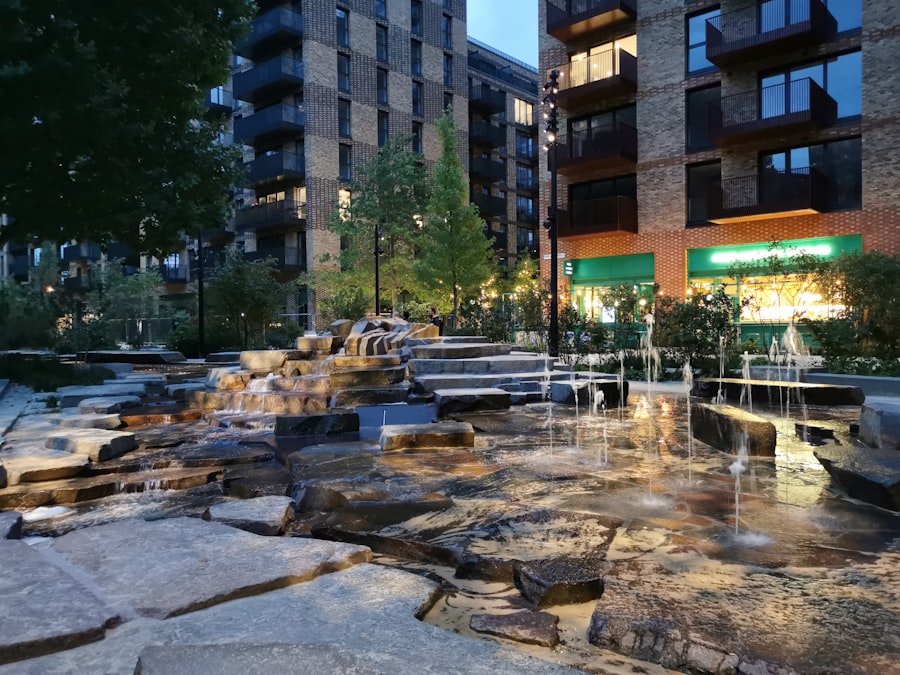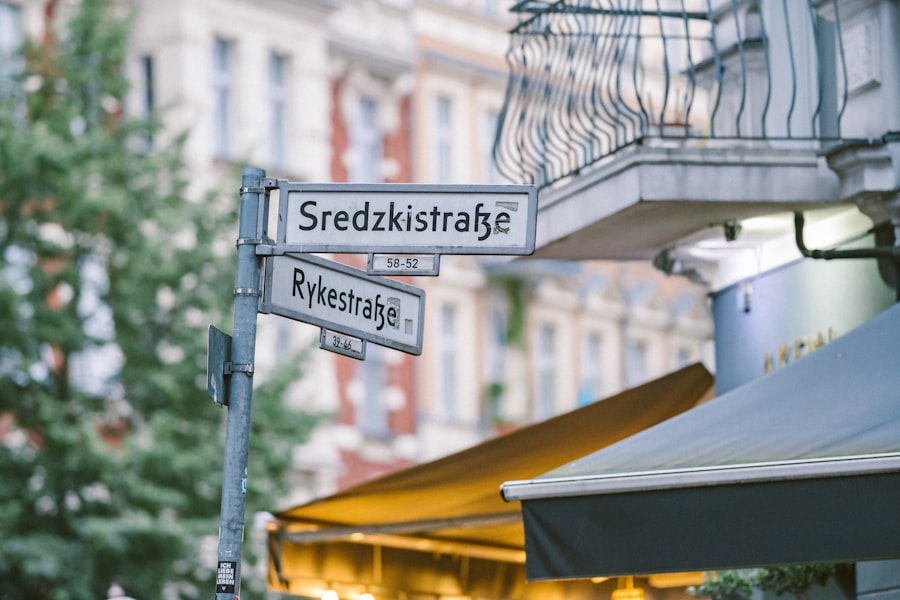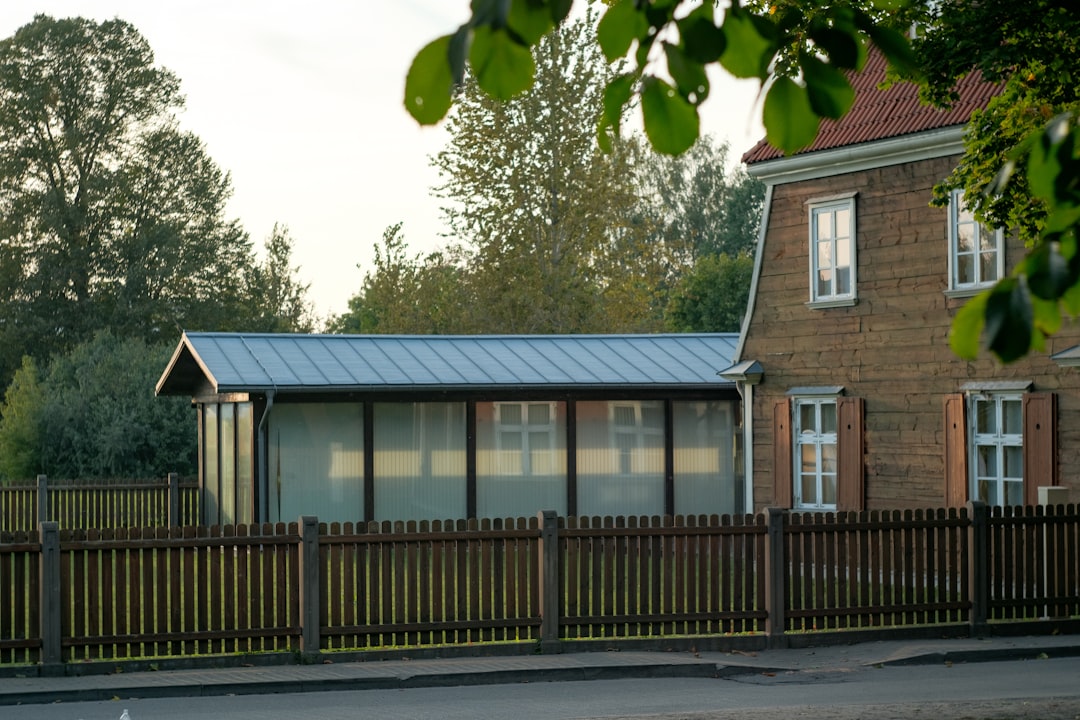Gentrification in New York City represents a multifaceted phenomenon that has reshaped neighborhoods, economies, and communities over the decades. This process, characterized by the influx of more affluent residents into historically lower-income areas, often leads to significant changes in the social fabric and economic landscape of these neighborhoods. As property values rise and new businesses emerge, long-standing residents frequently find themselves caught in a whirlwind of transformation that can be both invigorating and displacing.
The complexities of gentrification are particularly pronounced in a city as diverse and dynamic as New York, where the interplay of culture, economics, and politics creates a unique environment for this phenomenon to unfold. The implications of gentrification extend beyond mere economic statistics; they touch on the very essence of community identity and belonging. As neighborhoods evolve, the original inhabitants often grapple with feelings of alienation and loss, while newcomers may struggle to understand the rich histories that precede their arrival.
This article aims to explore the various dimensions of gentrification in New York City, examining its historical roots, economic ramifications, social consequences, cultural shifts, political dynamics, and the ongoing resistance from those who seek to preserve the character of their communities.
Key Takeaways
- Gentrification in NYC is a complex and controversial process that has significant impacts on the city’s economy, society, culture, and politics.
- The history of gentrification in NYC dates back to the 1960s and has been characterized by the displacement of low-income residents and the influx of wealthier, often white, newcomers.
- Gentrification has led to economic growth and development in NYC, but it has also resulted in rising housing costs, inequality, and the loss of affordable housing for many residents.
- Socially, gentrification has led to the displacement of long-time residents, changes in neighborhood demographics, and tensions between new and old residents.
- Gentrification has also had a significant cultural impact on NYC, leading to the loss of local businesses, cultural institutions, and the erasure of neighborhood identities.
History of Gentrification in NYC
The history of gentrification in New York City can be traced back to the mid-20th century when urban renewal initiatives began to reshape the landscape of many neighborhoods. In the post-World War II era, cities across America faced significant challenges, including declining populations and deteriorating infrastructure. In response, government policies aimed at revitalizing urban areas often led to the displacement of low-income residents.
In New York City, this trend became particularly evident in neighborhoods such as Greenwich Village and SoHo, where artists and young professionals began to move in, attracted by affordable rents and a vibrant cultural scene. As the decades progressed, gentrification gained momentum in various parts of the city. The 1980s saw an influx of new residents into areas like Williamsburg and the Lower East Side, driven by a combination of economic opportunity and a desire for urban living.
The transformation of these neighborhoods was often accompanied by rising property values and an influx of upscale businesses, which further accelerated the process. By the turn of the 21st century, gentrification had become a defining characteristic of many neighborhoods in New York City, leading to both revitalization and significant challenges for long-standing residents.
Economic Impact of Gentrification in NYC

The economic impact of gentrification in New York City is profound and multifaceted. On one hand, gentrification can lead to increased investment in infrastructure, improved public services, and enhanced amenities that benefit both new and existing residents. As property values rise, local governments often see an increase in tax revenues, which can be reinvested into community services such as schools, parks, and public transportation.
This influx of capital can create a more vibrant local economy, attracting new businesses and fostering job growth. However, the economic benefits of gentrification are not evenly distributed. While some residents may enjoy improved services and amenities, others face rising rents and property taxes that can lead to financial strain or displacement.
The cost of living in gentrifying neighborhoods often skyrockets, making it increasingly difficult for long-time residents to remain in their homes. This economic dichotomy raises critical questions about equity and access within the city’s evolving landscape. As neighborhoods transform, the challenge lies in balancing economic development with the needs of existing communities.
Social Impact of Gentrification in NYC
| Metrics | Data |
|---|---|
| Displacement of Low-Income Residents | 20,000 households affected |
| Change in Neighborhood Diversity | 20% decrease in racial diversity |
| Impact on Small Businesses | 30% closure rate of local shops |
| Affordable Housing Units Lost | 5,000 units lost in the past 5 years |
The social impact of gentrification in New York City is equally complex and layered. As new residents move into historically marginalized neighborhoods, they often bring with them different cultural norms and lifestyles that can clash with those of long-standing inhabitants. This cultural friction can lead to tensions within communities as established residents feel their way of life is being threatened or erased.
Moreover, gentrification can exacerbate existing inequalities within the city. Long-time residents may find themselves increasingly isolated as their neighbors change and local institutions adapt to cater to new demographics.
The sense of community that once thrived may diminish as familiar faces are replaced by newcomers who may not share the same history or connection to the area. This social upheaval raises important questions about identity, belonging, and community cohesion in a rapidly changing urban environment.
Cultural Impact of Gentrification in NYC
Culturally, gentrification has a dual nature; it can both enrich and dilute the unique character of neighborhoods. On one hand, the influx of new residents often brings fresh ideas, artistic expressions, and diverse cultural influences that can enhance the vibrancy of a community. New galleries, restaurants, and performance spaces may emerge, contributing to a dynamic cultural landscape that attracts visitors from across the city and beyond.
Conversely, this cultural infusion can also lead to the commodification of local culture. As neighborhoods become trendy destinations for affluent newcomers, there is a risk that authentic cultural expressions may be overshadowed by commercial interests. Long-standing traditions may be replaced by more palatable versions designed to appeal to a broader audience.
This tension between preservation and commercialization poses significant challenges for communities striving to maintain their cultural heritage while adapting to change.
Political Impact of Gentrification in NYC

The political implications of gentrification in New York City are significant and often contentious. As neighborhoods undergo transformation, local governments face pressure to respond to the needs of both new residents seeking improved services and long-time inhabitants concerned about displacement. Policymakers must navigate a complex landscape where competing interests collide, often leading to heated debates over zoning laws, housing policies, and community development initiatives.
In recent years, there has been a growing recognition among policymakers of the need for inclusive development strategies that prioritize affordable housing and community engagement. Advocacy groups have emerged to push for policies that protect vulnerable populations from displacement while ensuring that new developments benefit existing residents. The political discourse surrounding gentrification continues to evolve as stakeholders grapple with finding solutions that balance growth with equity.
Displacement and Gentrification in NYC
Displacement remains one of the most pressing issues associated with gentrification in New York City. As property values rise and rents increase, many long-time residents find themselves unable to afford their homes or facing eviction due to rising costs. This phenomenon disproportionately affects low-income families and communities of color who have historically been marginalized within the city’s housing market.
The emotional toll of displacement is profound; families are uprooted from their communities, schools, and support networks. The loss of familiar surroundings can lead to feelings of isolation and disconnection as individuals are forced to navigate new environments that may not offer the same sense of belonging or security. Addressing displacement requires comprehensive policy solutions that prioritize affordable housing development and tenant protections while fostering inclusive community engagement.
Resistance and Activism Against Gentrification in NYC
In response to the challenges posed by gentrification, grassroots movements have emerged across New York City advocating for social justice and community preservation. Activists have organized protests, community meetings, and campaigns aimed at raising awareness about the impacts of gentrification on vulnerable populations. These efforts seek not only to protect existing residents but also to promote equitable development practices that prioritize community needs.
Community organizations play a crucial role in mobilizing residents to advocate for their rights and engage with policymakers. Through education and outreach efforts, these groups empower individuals to voice their concerns about displacement and demand accountability from developers and local government officials. The resilience demonstrated by these communities highlights the importance of collective action in addressing the complexities of gentrification.
Gentrification and Public Policy in NYC
Public policy plays a pivotal role in shaping the trajectory of gentrification in New York City. Policymakers face the challenge of balancing economic development with social equity as they craft regulations governing housing, zoning, and urban planning. Initiatives aimed at promoting affordable housing development have gained traction in recent years as advocates push for policies that prioritize inclusivity over profit-driven motives.
However, implementing effective public policy requires navigating a complex landscape filled with competing interests from developers, residents, and advocacy groups. The challenge lies not only in creating policies that address immediate concerns but also in fostering long-term solutions that promote sustainable community development without displacing existing residents.
Future of Gentrification in NYC
The future of gentrification in New York City remains uncertain as economic pressures continue to shape urban landscapes across the nation. As housing demand persists amid limited supply, neighborhoods will likely continue to experience transformation driven by market forces. However, there is also an increasing awareness among policymakers and community advocates about the need for equitable development practices that prioritize affordability and inclusivity.
Innovative approaches such as community land trusts and inclusionary zoning are gaining traction as potential solutions to mitigate displacement while fostering sustainable growth. The ongoing dialogue surrounding gentrification reflects a growing recognition that cities must evolve while preserving their unique identities and ensuring that all residents have access to safe and affordable housing.
The Complexities of Gentrification in NYC
Gentrification in New York City embodies a complex interplay of economic growth, social change, cultural evolution, political dynamics, and community resistance. While it can bring revitalization and investment into neighborhoods, it also poses significant challenges related to displacement and social equity. As communities navigate this intricate landscape, it becomes increasingly important for stakeholders—policymakers, residents, activists—to engage in meaningful dialogue aimed at fostering inclusive development practices.
Ultimately, understanding the complexities of gentrification requires acknowledging its multifaceted nature—recognizing both its potential benefits and its profound impacts on individuals’ lives. As New York City continues to evolve, finding pathways toward equitable growth will be essential for preserving its rich tapestry of cultures while ensuring that all residents can thrive within their communities.
Gentrification in New York City has been a topic of intense debate and analysis, as it reshapes neighborhoods and impacts local communities.
This piece explores the socio-economic shifts and the cultural dynamics at play in NYC’s evolving landscape. For a deeper understanding of how gentrification is influencing the city’s fabric, you can read more about it in this article on MyGeoQuest.
WATCH THIS! The Real Cost of NYC Living: Your Wallet, Sanity, and Subway Survival Skills
FAQs
What is gentrification?
Gentrification is the process of urban renewal and the influx of wealthier residents into a previously low-income neighborhood, often resulting in the displacement of long-time residents and changes to the neighborhood’s character.
What are the causes of gentrification in NYC?
Gentrification in NYC is driven by factors such as rising property values, increased demand for housing in desirable neighborhoods, and government policies that encourage development and investment in certain areas.
What are the effects of gentrification in NYC?
Gentrification in NYC can lead to the displacement of long-time residents, changes in the cultural and social fabric of neighborhoods, and increased cost of living for low-income residents. It can also result in improved infrastructure and amenities in gentrifying neighborhoods.
What are some examples of gentrification in NYC?
Examples of gentrification in NYC include neighborhoods such as Williamsburg, Harlem, and the Lower East Side, where the influx of wealthier residents and businesses has led to significant changes in the neighborhood’s demographics and character.
What are some strategies to address gentrification in NYC?
Strategies to address gentrification in NYC include implementing affordable housing policies, preserving existing affordable housing stock, and supporting community-led development initiatives. Additionally, promoting equitable economic development and providing resources for long-time residents can help mitigate the negative effects of gentrification.
